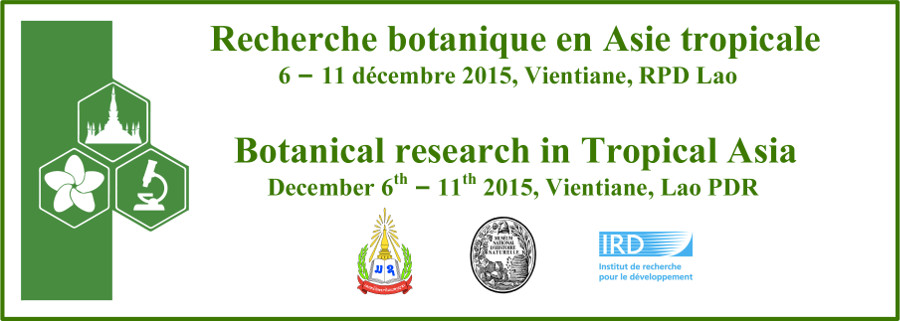A giant among flowering plant genera, Solanum L. (c. 1500 species) includes numerous plants of global agricultural importance (e.g., potato, tomato, aubergine) and is cosmopolitan in its distribution. Within Solanum, the spiny Solanum clade (subg. Leptostemonum Dunal) is the most species-rich major lineage (c. 450 species). In contrast to their New World relatives, Old World spiny Solanum has received little attention. The Asian taxa in particular have never been revised in their entirety and have been sparsely sampled in all phylogenetic analyses to date. This has significantly impeded understanding of the evolutionary history of Solanum. Based on sampling from Africa and Australia, Old World taxa have been characterised as a monophyletic group. To test this hypothesis, we are clarifying Asian spiny Solanum species delimitations and sampling a broader range of species in our molecular work. Our results show that these taxa do not all resolve with other Old World taxa, some being instead members of New World clades. Our data refute the monophyly of Old World spiny Solanum and suggest at least three independent introductions from the New World, thus shedding new light on the biogeography of spiny solanums. In order to tackle the poor resolution of the basal nodes of the tree, we are enlarging the sampling. To assess phylogenetic relationships and morphological plasticity between sister species more precisely, we are using morphometric methods for a selected set of small-sized African and Asian spiny solanum clades (the Melongena clade).
- Poster

 PDF version
PDF version

